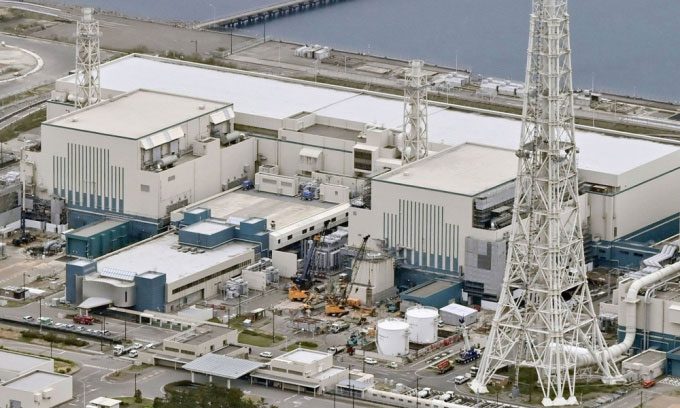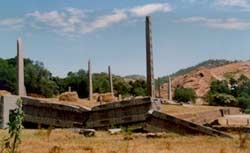On December 27, Japan’s Nuclear Regulation Authority lifted the ban on the Kashiwazaki-Kariwa Nuclear Power Plant operated by Tokyo Electric Power Company (TEPCO).

Reactor Units 6 and 7 of the Kashiwazaki-Kariwa Nuclear Power Plant in April 2021. (Photo: Kyodo).
The Kashiwazaki-Kariwa Nuclear Power Plant, located 250 km north of Tokyo, is closer to resuming operations after the Nuclear Regulation Authority (NRA) of Japan lifted the ban imposed two years ago. This is the largest nuclear power plant in the world, featuring 7 reactors with a total capacity of 8,212 MW. The plant operator, Tokyo Electric Power Company (TEPCO), continues efforts to restart the facility, but the timeline remains uncertain as they still require approval from local authorities.
Situated on a 4.2 km2 site in Niigata Prefecture, the Kashiwazaki-Kariwa Nuclear Power Plant is the world’s first Advanced Boiling Water Reactor (ABWR), established in 1985. Throughout its operational history, the Kashiwazaki-Kariwa plant has faced partial or complete shutdowns due to technical issues and earthquakes in the area. However, following the Fukushima nuclear disaster in 2011, the Kashiwazaki-Kariwa plant was forced to halt operations for an extended period.
In 2017, Reactor Units 6 and 7 of the Kashiwazaki-Kariwa plant passed the necessary safety screening by the NRA to restart. However, in 2018 and beyond, a series of violations in intrusion prevention measures were discovered, including malfunctions in intrusion detection equipment and an incident where a TEPCO employee accessed the central control room using another employee’s identification card.
The NRA issued a ban in April 2021, prohibiting the transport of nuclear fuel within the plant. After more than two years, the NRA has lifted the ban, affirming that it will continue to closely monitor whether TEPCO’s improvement measures are being neglected.
As the world moves towards reducing fossil fuel usage, some energy experts predict that the return of nuclear power will help address the intermittent supply issues of renewable energy sources such as solar and wind. Japan, a country aiming for carbon neutrality by 2050, also needs to reduce its reliance on imported fuels and could leverage existing infrastructure to boost energy supply.





















































